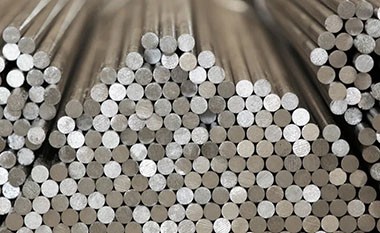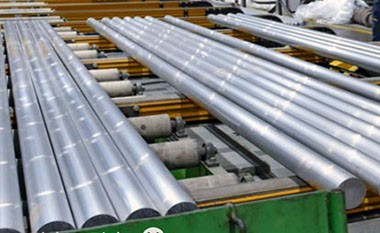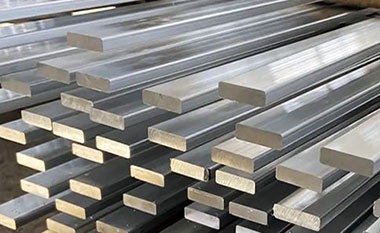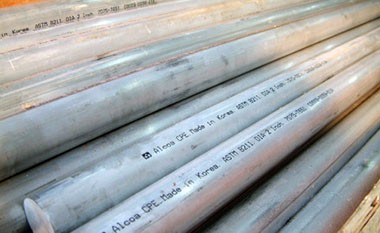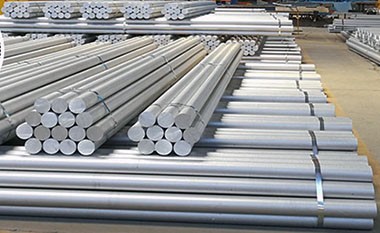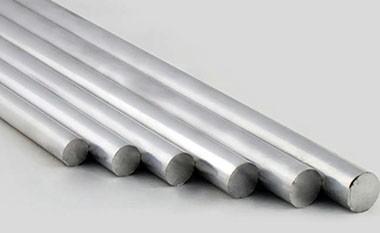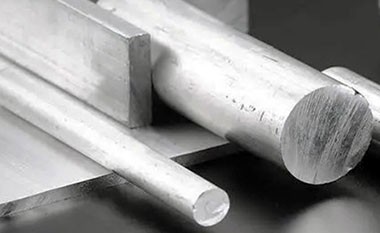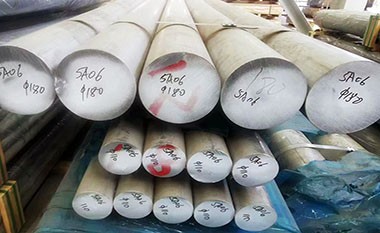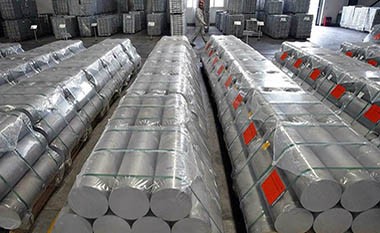Principles for Selecting Aluminum Profiles
When selecting aluminum profiles, it is essential to consider various factors such as the specific application environment, load-bearing requirements, processing needs, service life, and cost. A well-chosen aluminum profile ensures product structural performance and durability while effectively controlling production costs.
Choosing the right aluminum profile involves a comprehensive consideration of several factors to ensure that the material performs well in its specific application and is economically viable.

1. Selection Based on Application Scenarios
Different application scenarios have varying performance requirements for aluminum profiles. For example, in the construction industry, aluminum profiles may need to withstand significant loads, while in electronic products, aluminum profiles might focus more on heat dissipation and aesthetics. Therefore, when selecting aluminum profiles, the first step is to clarify their field of application, including but not limited to construction, transportation, electronics, machinery, and more, and then choose the appropriate aluminum profile types and specifications that meet the standards of that field.
- Construction field: Lightweight and weather-resistant aluminum profiles like 6061 and 6063 are suitable for window frames and curtain wall structures.
- Aerospace: High-strength, lightweight materials like 7075, 7050, and 2024 aluminum alloys are needed for airplane structures, wing spars, and landing gear, which bear significant stress.
- Automotive industry: Aluminum profiles with excellent impact resistance and fatigue resistance, such as 5052 and 6061, are commonly used in car frames, chassis, and structural components.
- Marine applications: For shipbuilding or marine environments, aluminum profiles need to have excellent corrosion resistance. Marine-grade alloys such as 5083 and 5086 resist seawater corrosion and are suitable for ship hulls and offshore equipment.
2. Consider Strength and Hardness
The load and stress that aluminum profiles will bear in an application determine the necessary strength and hardness.
The strength and hardness of aluminum profiles directly affect their load-bearing capacity and service life. When designing structures, calculations must be made based on the pressure and stress the profile will endure to ensure that the chosen profile's tensile strength and compressive strength meet the required specifications. Typically, the strength of an aluminum alloy is closely related to its composition and heat treatment state, so it is essential to pay attention to the specific grade and treatment method when selecting a material.
- Load-bearing structural parts: Frames and support structures typically require high-strength aluminum profiles. 7-series alloys (such as 7075, 7050) have very high strength, suitable for high-load areas.
- Medium-strength applications: 6-series alloys (such as 6061, 6063) have medium strength and are used in lighter construction and industrial structures.
- Low-load applications: 3-series alloys (such as 3003) have relatively low strength but good formability and corrosion resistance, making them suitable for lightweight structures and decorative parts.
3. Consider Corrosion Resistance
In corrosive environments (such as marine, chemical equipment, or humid climates), selecting aluminum profiles requires special attention to corrosion resistance.
When aluminum profiles are used in corrosive environments (such as marine climates or chemical industries), corrosion resistance becomes a crucial factor. Aluminum naturally has good corrosion resistance, but in some environments, additional surface treatments (such as anodizing or coating) may be needed to enhance this property. Therefore, material selection should also consider the surface treatment process and the material's environmental adaptability.
- Marine environments: 5083 and 5086 alloys are widely used in shipbuilding and offshore structures due to their excellent resistance to seawater corrosion.
- Outdoor construction: 6063 aluminum profiles have good weather resistance and are suitable for long-term exposure to outdoor environments.
- Industrial chemical equipment: For applications that require high corrosion resistance, such as in chemical plants or salt spray environments, 5-series alloys (such as 5052) perform exceptionally well.
4. Consider Workability
The workability of aluminum profiles refers to the ease of processing them during subsequent machining (such as cutting, drilling, and bending). Choosing profiles with good workability can significantly improve production efficiency and reduce processing costs. Different aluminum alloys have varying levels of workability, so it is important to select a profile that matches the specific processing requirements.
- Extrudability: 6063 aluminum has good extrudability, making it suitable for producing complex cross-sectional profiles.
- Weldability: For structures requiring welding, such as ship hulls and frames, 5083 and 6061 aluminum alloys exhibit excellent weldability.
- Ease of cutting and forming: 2-series alloys (such as 2024, 2011) have excellent machinability and are suitable for high-precision machining. 6-series alloys are easier to form and process due to their good heat treatment properties.
5. Consider Cost Factors
- High-performance requirements: In fields like aerospace, where high strength, hardness, and corrosion resistance are required, high-performance aluminum alloys (such as 7075, 2024) are selected. Although the material cost is higher, they ensure safety and longevity.
- Economic requirements: For everyday applications or decorative items, more cost-effective aluminum profiles can be chosen, such as 3003 or 6063 alloys, which meet basic performance requirements while being relatively inexpensive.
Maybe also you like:

